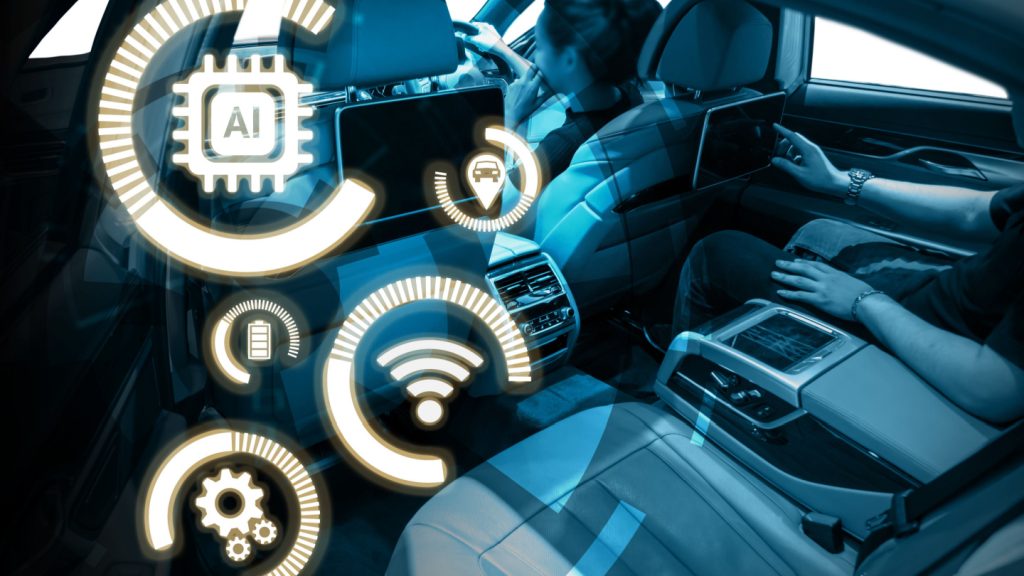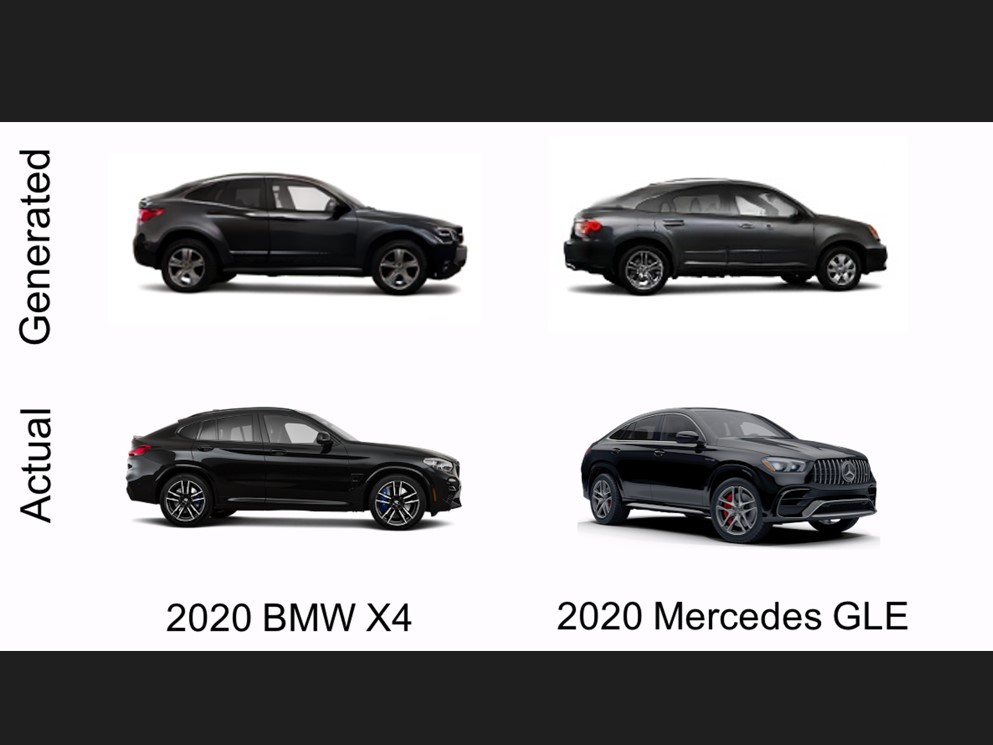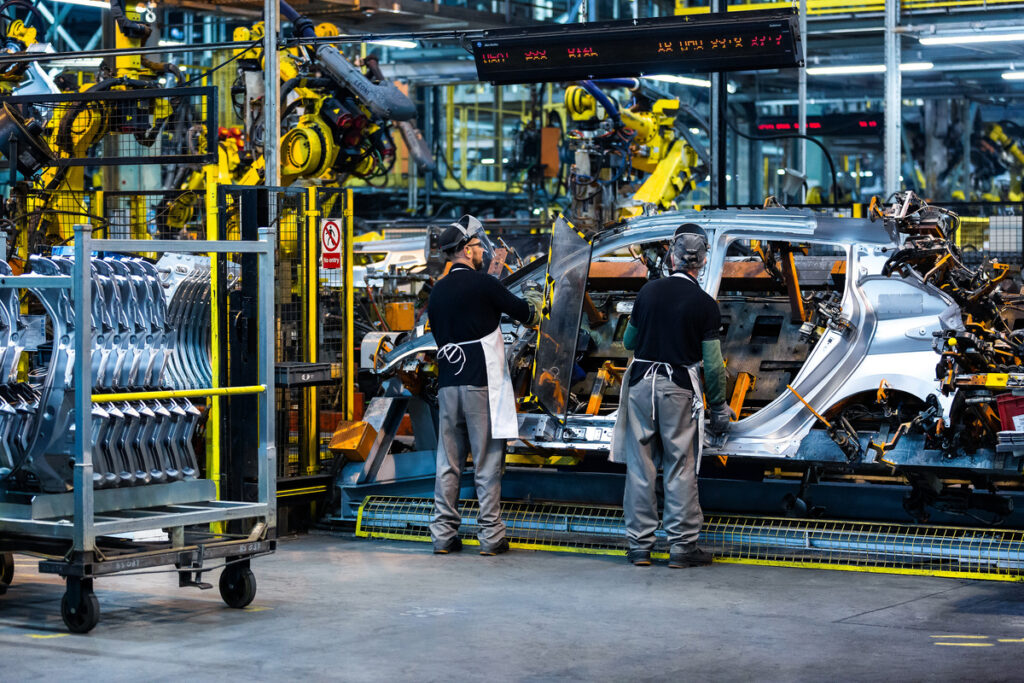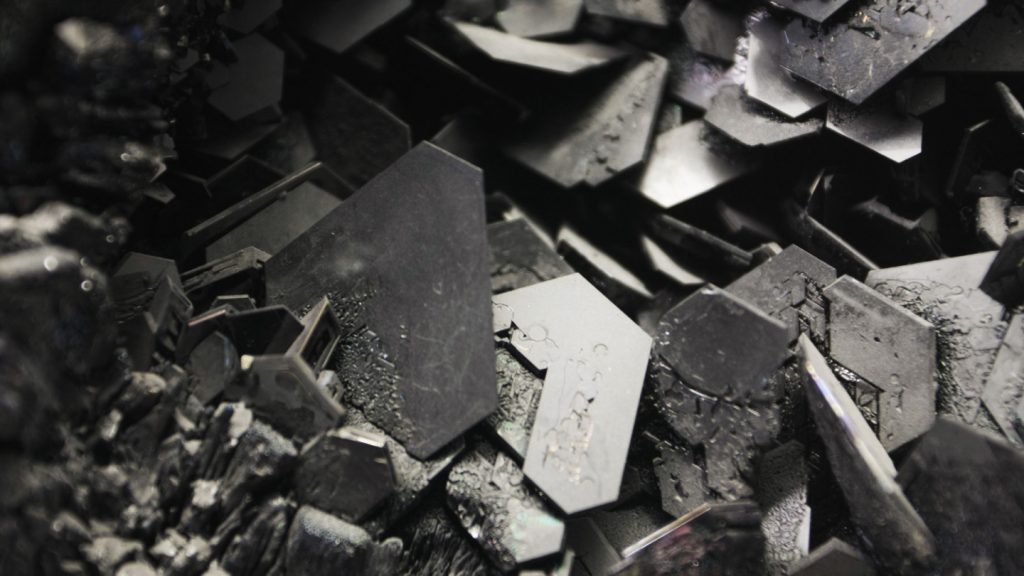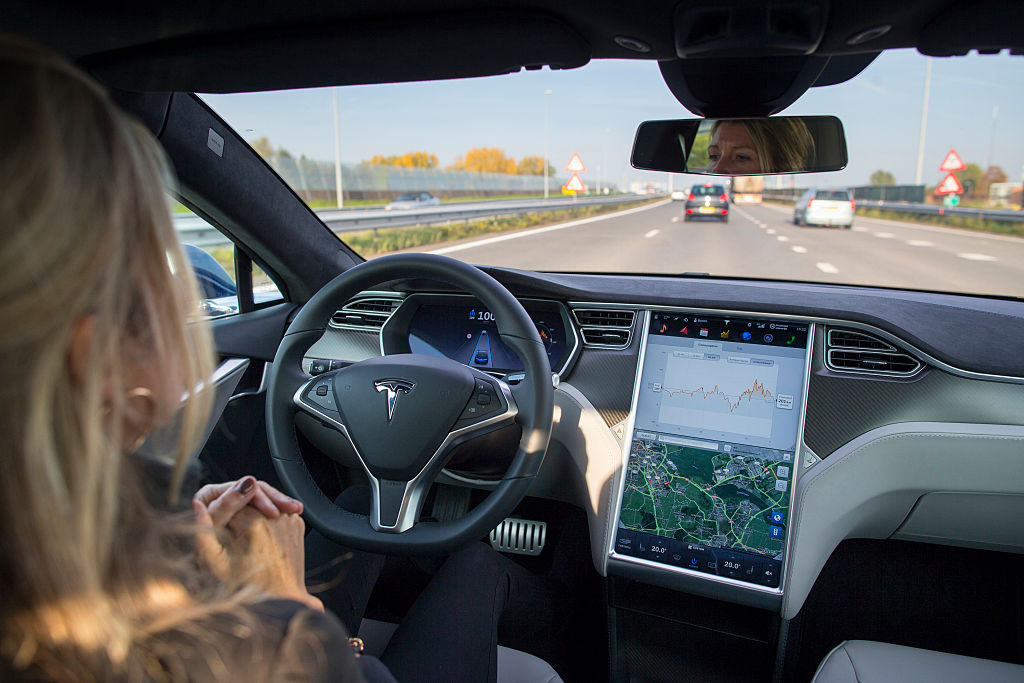
AI is assisting the automotive industry in many areas of development. Could it now help designers? Product aesthetics have been linked to 60% of purchasing decisions in the automotive industry. With this in mind, creating an aesthetically pleasing vehicle is imperative to achieving high sales. At present, the design process for a new vehicle is a lengthy, cost claiming process with many designs not making it through the initial stages, sending designers back to the drawing board. A paper recently published by professors from Yale School of Management and MIT Sloan demonstrates that the use of machine learning can assist designers in predicting the appeal of new aesthetic designs, as well as to generate designs which are aesthetically pleasing. We spoke to Alex Burnap, Yale School of Management professor, to learn more.
In-car conference calls
Conferencing software enables safe on the road meetings and calls for drivers. Cisco’s Webex has partnered with Google for Android Auto, the mobile application that mirrors an Android smartphone’s screen on a car’s dashboard. It comes after earlier this year it was announced that Cisco had partnered with Mercedes-Benz, offering Webex’s in-car meetings. Android Auto, which is a conferencing feature and connects a phone to a car display, will support Webex in over 500 vehicle models, including BMW, Audi, Ford and Hyundai. It is understood that Google expects over 200 million vehicles to be connected to Android Auto. Webex says that meetings will be audio-only to help drivers stay focused on the road. To gain a better insight into this technology and its applications, we asked Webex’s VP of Product Management Amit Barave about Android Auto.
Future Stellantis
Our second of two reports out this week looks at selected future models being developed for Stellantis brands Fiat, Jeep, Lancia, Maserati, Peugeot, Opel-Vauxhall, Ram & Wagoneer.
EU ICE ban effect on total volume
Will the EU’s 2035 ban on ICE light vehicles impact total vehicle sales? All new cars and vans sold in the EU from 2035 must effectively be zero emission vehicles (ZEV), except for e-fuels and low-volume automakers. However, given that only 12% of new Light Vehicles (LVs) sold in the EU last year were ZEV and with the variation between those markets being wide, the question arises of whether the proposal is realistically attainable without any significant effect on overall vehicle sales. The answer to this question depends on many external and industry factors, involving pretty much every aspect of the automotive value chain. So, given the broad scope of this question, this new Just Auto Analyst Briefing seeks to only cover some of the key factors which could impact the transition.
Headlamps project signs onto road
Hyundai Mobis has developed a new vehicle lighting system that displays road signs in real time which the company claims significantly reduces the potential for night time road accidents. The Hyundai Motor affiliate said it expected to commercially launch a new generation automotive lighting, the HD Lighting System, using this latest innovation which it claims identifies distant road signs and projects them on the road surface to make them more visible to the driver. For example, when the headlights detect distant road signs such as construction projects, speed limits or pedestrian crossings, they gives drivers an early warning by projecting the relevant symbols onto the road ahead. The company said the system also recognises pedestrians on sidewalks and can project a virtual crosswalk on the road, for pedestrians to use to cross the road when the vehicle comes to a stop. The HD Lighting System comprises HD micro-LEDs and a digital micro mirror device (DMD), a collection of tiny mirrors that together act as a reflector.
Great Wall accuses BYD
Chinese automaker Great Wall Motors (GWM) has said its rival BYD is failing its hybrid emissions tests, in a dispute that has become public on Chinese social media. BYD – the country’s largest electric vehicle manufacturer – strongly refuted the claims and has threatened legal action. It is rare for automakers to take such public swipes at rivals. The claims were posted on GWM’s official WeChat account, and detailed that it had submitted documents in April to three government ministries and regulators. The documents alleged that BYD had failed to meet pollutant emissions standards in two of its best-selling plug-in hybrid models, the Qin Plus and Song Plus. In a statement cited by Reuters, BYD denied the claims.
VinFast Europe trade-ins
Vietnam-founded (bit now headquartered in Singapore) auto company VinFast and used cars reseller BCA Europe announced a three year, pan-European agreement on trade-ins for VinFast EVs. The arrangement will create a “fully digital and in-store trade-in solution” for European customers who want to switch to electric vehicles. From June 2023, VinFast will integrate BCA’s trade-in module into its website to offer customers a route to sell their current vehicles remotely. BCA will provide VinFast dealer staff with its “MarketPrice” app for customers to obtain a binding price after describing their trade-in vehicle.
China is Ford’s key competitor
Speaking at the Morgan Stanley Sustainable Finance Summit this week, Ford CEO Jim Farley highlighted Chinese companies’ positioning in advanced battery technology, as well as ongoing supply chain challenges and the need for more collaboration between automotive companies. “I think there’s some room for collaboration between the automotive companies, which is totally unnatural for us,” he said. He referred to charging standard differences as an example.
LG EV chargers for the world
LG said this week its HiEV Charger unit, formerly known as AppleMango, had begun production of electric vehicle (EV) charging stations. During a ceremony to mark the start of production, HiEV Charger unveiled its new range of charging stations which includes 7kW wall-mounted and stand-type units and 100kW and 200kW) fast-charging models. The company said the units can be easily installed and are suitable for use in multiple environments such as homes, office buildings and other commercial facilities.
Stellantis battery tech investment
Stellantis said it had invested in US startup Lyten to speed up bringing its innovative 3D Graphene applications to market. The two companies will collaborate on the development of applications for EV batteries based on lithium sulphur technology. Additionally, they will focus on vehicle light weighting techniques and improved vehicle sensing systems. Lithium sulphur batteries have the advantage of not incorporating nickel, cobalt, or manganese which leads to a significant reduction in carbon emissions estimated to be around 60% lower than the carbon footprint of current lithium ion batteries.
Honda China EVs for Europe
Honda Chinese joint venture, Dongfeng Honda Automobile, began exporting vehicles for the first time this month as the Japanese automaker steps up production in low cost countries. Honda said it shipped “hundreds” of plug in hybrid CR-Vs and battery powered e:NS1s models last week from Shanghai with the ship scheduled to arrive in Zeebrugge, Belgium late in June. They will be sold across Europe including the UK, Portugal, Greece and Iceland. This is not the first time Chinese made Hondas have been sold in Europe – some first generation Jazz (Fit) models were exported about 20 years ago, replacing Japanese built cars.
Tata UK battery deal
One to watch this coming week: The UK reportedly has won over Spain for a multi billion pound electric car battery plant in Somerset county. The BBC said executives from Jaguar Land Rover owner Tata were expected to fly to London next week to finalise the deal. The chairman was scheduled to meet the prime minister mid-week. It noted some in the car industry had described the plant as the most significant investment in UK automotive since Nissan came to Britain in the 1980s. BBC sources said, though the deal had yet to be signed, engagement had moved from negotiations to drafting and choreography of how the landmark agreement will be presented. Up to 9,000 jobs would be created. Fingers crossed.
BMW launches electric 5
BMW’s redesigned 5 series sedan line includes two EV powertrains for the first time. The single motor, 2WD, i5 eDrive40 develops 240hp and torque of 430Nm and does the 0-100km/h (62mph) sprint in a claimed six seconds. WLTP range is 296-361 miles. The twin motor, AWD i5 M60 xDrive has 601hp, 820Nm and does the 100km/h sprint in a neck snapping 3.8 seconds. Quoted range is 282-320 miles.
UK car output up
UK car manufacturing made further gains in April, with output increasing for the third month in a row, up 9.9%, according to the latest figures published by the Society of Motor Manufacturers and Traders (SMMT). Some 66,527 cars rolled out of factory gates, 5,973 more than in April last year as global supply chain shortages, most notably of semiconductors, continued to ease. Exports drove volumes up, rising 14.7% to 54,820 units, with more than eight in 10 cars (82.4%) heading overseas. This was the third month in a row that exports saw a double-digit rise.
Tesla Autopilot concerns
The US has raised concerns about the interaction between Tesla’s Autopilot system and its drivers – as part of a government investigation that started two years ago. “There is a real concern that’s not limited to the technology itself but the interaction between the technology and the driver,” said US Transportation Secretary Pete Buttigieg on Tuesday. The National Highway Traffic Safety Administration (NHTSA) has been leading a probe into multiple Tesla crashes involving Autopilot since August 2021. Tesla’s Models Y, X, S, and 3 are all being investigated, equating to around 900,000 Teslas on US roads. Some 16 crashes that took place between January 2018 and January 2022 form the base of the investigation, resulting in 15 injuries and one death. The investigation is looking to see if Tesla is misleading customers by claiming its vehicles have “full-self driving capabilities”.
Have a nice weekend.
Graeme Roberts, Deputy Editor, Just Auto


